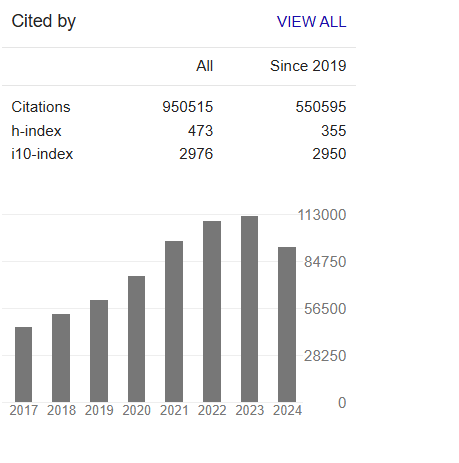Survey on Apparent Density of Tsetse Fly and Biting Fly and Factors Affecting Its Distribution in Arba Minch Zuria Wereda, Southern Ethiopia
Abstract
Kusse Garo and Alemu Aylate
A cross-sectional study was carried out from November 2017 to April 2018 in Arbaminch zuria woreda of Gamo Gofa zone, south western Ethiopia. To determine the distribution and the apparent density of tsetse fly and other biting flies. 180 traps were deployed for 72 hr to collect tsetse fly and a total of 1784 tsetse flies, 610 Tabanus and 1162 other fly were caught from the seven selected kebeles during study period. Only one Glossina species (G.pallidipes) were captured in the study area with 499 (27.97%) male and 1233 (69.11%) female and 52 (2.92%) undetermined sex. The overall mean apparent density of tsetse fly and other biting flies in the study area was investigated as 3.30 f/t/d (flies per trap per day) and 3.28 f/t/d (flies per trap per day) respectively. With forest vegetation shows the highest mean apparent density of both tsetse fly and biting flies followed by wood grass land with 6.80 f/t/d and 3.88 f/t/d at forest vegetation and 4.79 and 3.80 at wood grass land of tsetse fly and biting fly respectively. But bush land had the lowest apparent density of 2.54. Similarly the mean apparent density of both tsetse fly and biting fly were higher in the altitude between1000-1200 mas which accounts 4.59f/t/d and 3.59 f/t/d respectively than the apparent density of the fly at altitude between 1200-1400 m a s which records as 1.54 f/t/d tsetse fly and 2.86 f/t/d of biting fly. This study showed a significant difference (p <0.05) of apparent density of tsetse fly among vegetation type and altitude. Based on kebeles, Kanchama records the highest mean apparent density of tsetse fly followed by Kola Shara with 10.94 f/t/d and 3.94 f/t/d respectively and Lante with the slowest mean apparent density of 0.03f/t/d, without statistically significant variation among kebeles during study period (P >0.05). Similarly, there was no statistically significant difference in apparent density of biting fly among altitude (p>0.05).



